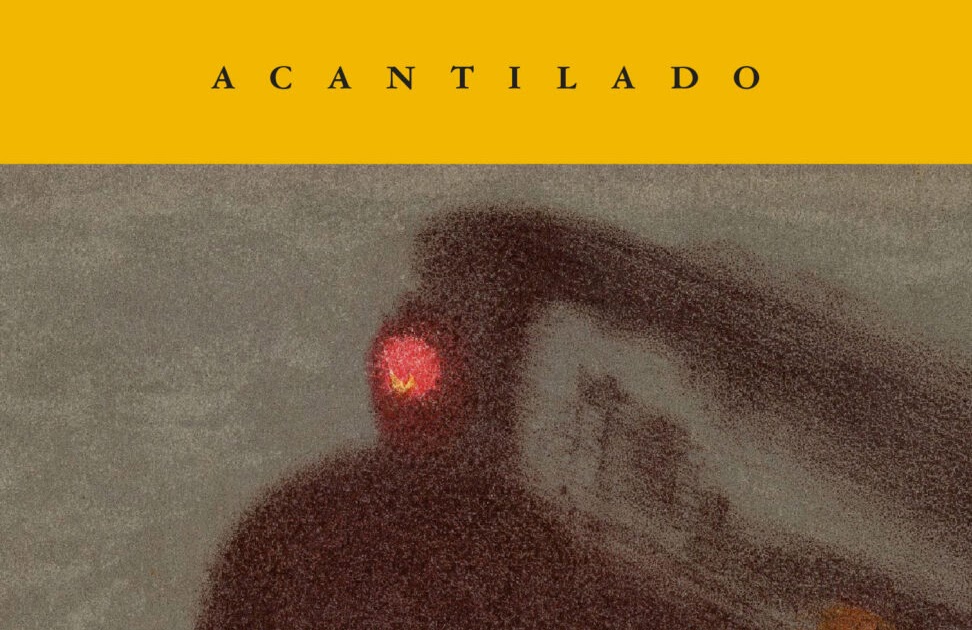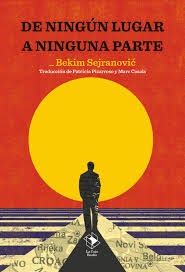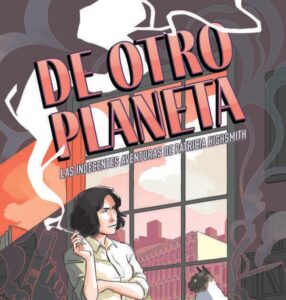
Year of publication: 2024
Translation: Jorge Ferrer
Valuation: Highly recommended
Travel as the central theme of a text is something almost as old as literature itself. I don’t think it’s necessary to give examples, but I will mention two of them to situate this Train to Samarkand: Jules Verne’s Michael Strogoff and the Bible’s Exodus.
Michael Strogoff serves as a spatial frame of reference (what was a journey from Moscow to Irkutsk becomes a journey from Moscow to Samarkand) and as a link to classic adventure novels, which is one of the many possible readings of the novel; the biblical reference is relevant because the journey to Samarkand is very much a search for a Promised Land, but also a path to personal and, to a certain extent, collective redemption.
The plot of the novel is about the transfer of a convoy with 500 orphans from Moscow to Samarkand. The year is 1923 and poverty, scarcity and disease are rife in the post-war USSR. In this context, the head of the convoy Deyev, the police commissioner Belaya and the nurse Bug (along with several supporting characters) must face cholera, the lack of food and fuel, bandits and bureaucrats who sometimes coincide in the same person, etc. in a journey in which the inner demons are almost as dangerous as the external risks.
Along the way they will encounter characters and situations that reflect the political and social situation of the USSR at the time, hard times like a meat grinder, in what would be a more historical reading of the novel. In addition to this and those already mentioned, Train to Samarkand It also has a reading closer to the picaresque and another closer to the gothic tale, especially in fragments in which the author changes pace and jumps from a more or less conventional narration to the interior monologue in which the poetics of horror shines.
Therefore, Train to Samarkand It is a story about the goodness that can be found in the midst of horror, a novel that mixes the intimate and the terrible, with well-constructed characters and that progresses at a good and sustained pace throughout its almost 600 pages. A very, very Russian novel that, despite certain passages in which the author uses more “modern” resources, has a strong classic aroma. Whether it ends up being one or not, only time will tell.
Source: https://unlibroaldia.blogspot.com/2024/08/guzel-yajina-tren-samarcanda.html


